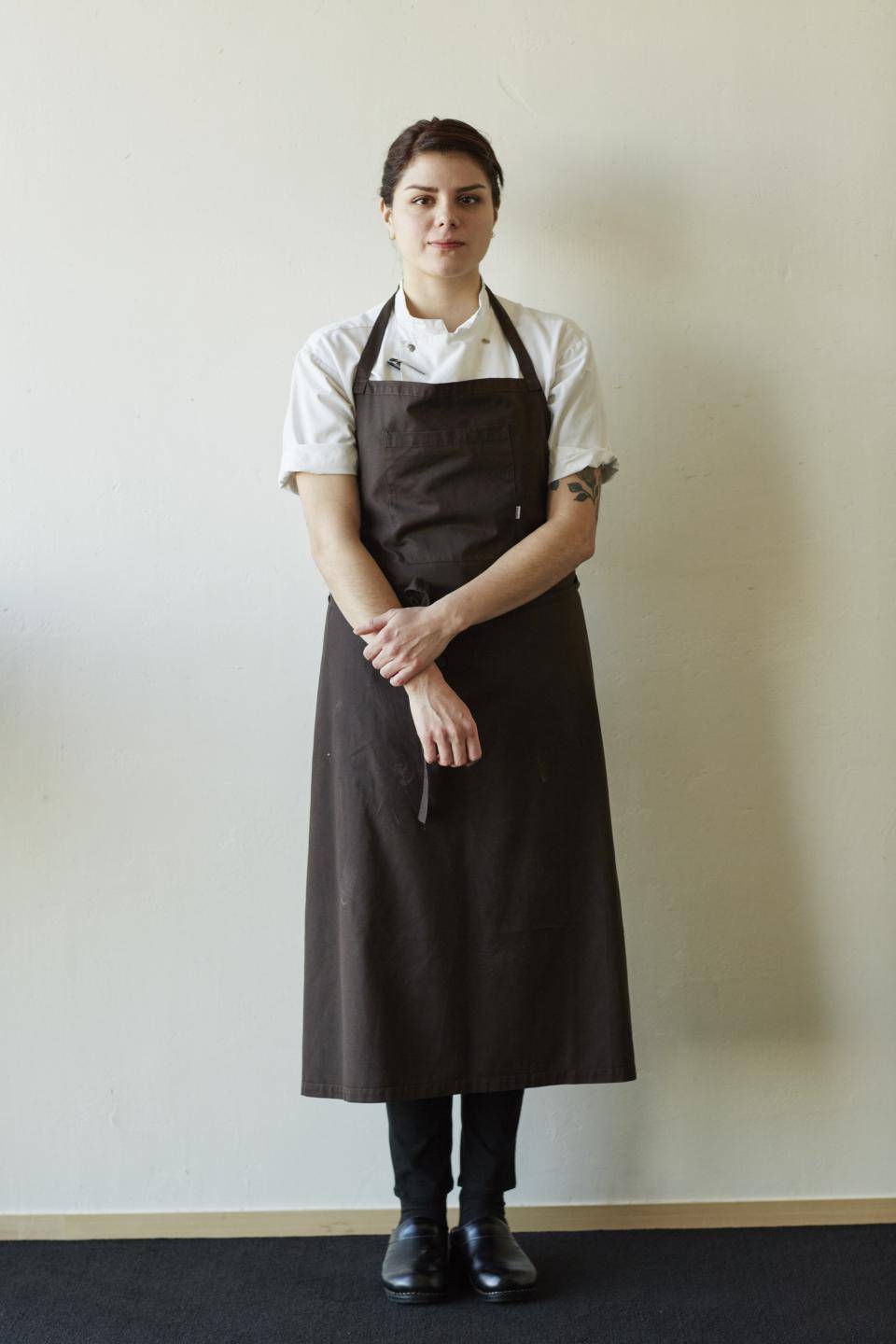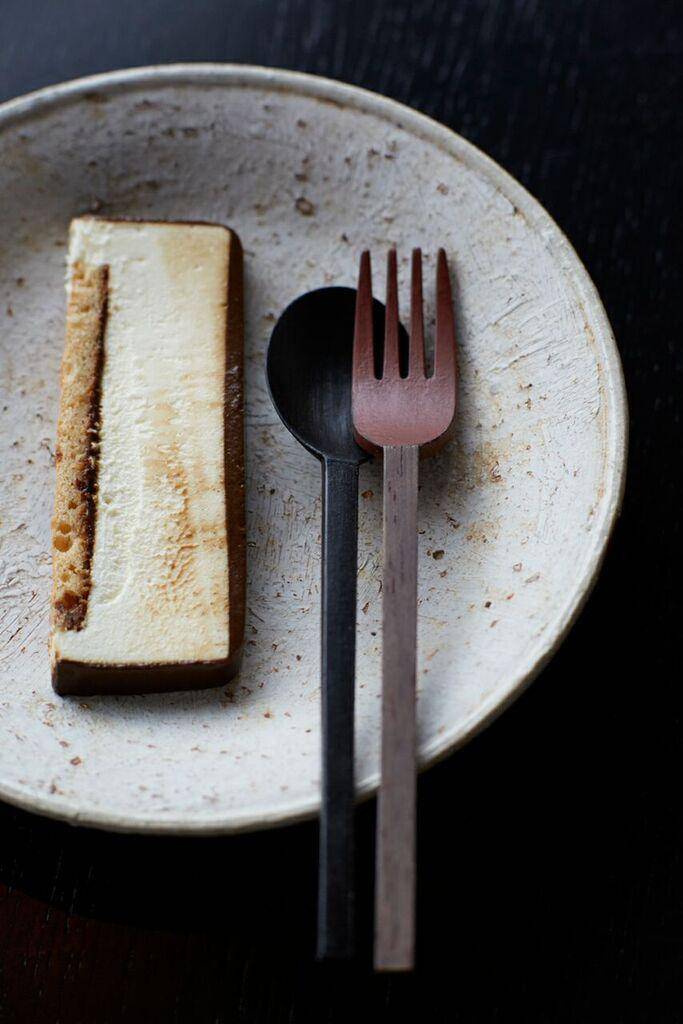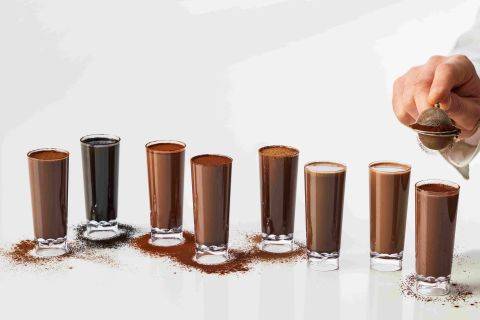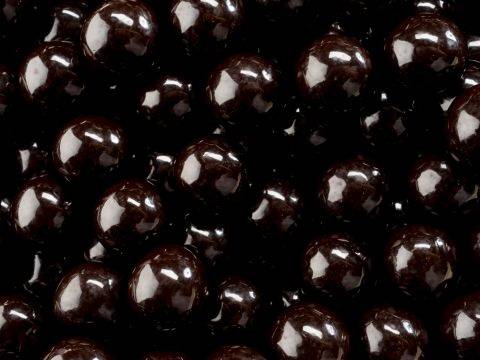Rosio Sanchez, former head pastry chef at Noma (Copenhagen, Denmark)

Rosio Sanchez. Photo: Michael Edwards
Rosio Sanchez is Chicago born. Soon after training at the Cordon Bleu, she moved to New York to start working at the legendary WD-50 with Alex Stupak. From New York, she moved to Europe to find a new challenge in Rene Redzepi’s team in the world’s best restaurant Noma in Copenhagen (No. 1 in World’s 50 best restaurants). Her passion, talent and creativity resulted in her becoming at a very young age, the head pastry chef of a famous Danish restaurant. She is very proud of her work within the Noma team and delighted by the creativity that is expected of Rene from each of them. She often expresses her gratitude for being every day pushed to the borders of thinking, to review all the possibilities, to make the impossible possible. Rene on the other side is often expressing his admiration, respect and gratitude for her work. I remember one of his tweets where he proudly named her the best pastry chef in the world. Rosio has now started a new challenging adventure which consists in creating the best tacos in Europe in the heart of Copenhagen. With Hija de Sanchez she is paying a tribute to her Mexican roots. To us, she was talking about chocolate.
What does chocolate mean for you?
I don’t use chocolate very often, but when I do, I really try to use it in a way that people haven’t had before. A way to excite the mind without discouraging the palate.

Photo: Michael Edwards
Why have you chosen this dessert? What is in your opinion so special about it?
I chose this dessert because the chocolate is combined with roasted barley and dates, it is a flavour combination I have never seen before, yet still somehow has a strong familiarity to it that people can relate to.
Tell us please about the flavours, temperatures and textures that describe this dessert.
The flavours of this dessert are roasted fermented barley, white chocolate, Japanese red dates, and hazelnut. The texture is smooth and velvety from the mousse and glaze, with dense stone ground Japanese dates on top of a lightly sake-soaked hazelnut jaconde.
What has inspired you to create it? How was it born?
Working in Japan, with Japanese ingredients, I wanted to make a sort of lighter version of a chocolate mousse cake. The idea was to give the guest the same satisfaction as if he or she were to eat a rich chocolate cake, without feeling so saturated afterwards.
Does it require any special technique?
It’s all based on technique. From the glaze to the mousse and to the cake. Whenever you are making any sort of chocolate recipe, the temperature and speed of each step are crucial to the right final texture.
What was the special challenge with it?
The special challenge to it was utilizing hard-roasted fermented barley to make a sort of “glaze” to compliment the white chocolate mousse. Getting the glaze to have the same appearance and texture as a traditional chocolate glaze.
Any final message for our readers?
Some of the most classic chocolate combinations are my absolute favourites. Chocolate/mint and chocolate/coconut will always hold a special place in my heart. I still always search for that new combination that can seduce my palate in the same way, otherwise, it’s not worth it. Remember to never compromise the quality of the chocolate you are using, even if it’s for something as simple as chocolate chip cookies.




Comments